
WWII
Death of the Fighting Lady: Frank Heineman’s Story
By Joan HuntThe 13,000 ton Independence-class aircraft carrier USS Princeton, which was commissioned on February 25, 1943, quickly became known as the “Fighting Lady.” Read more


WWII
The 13,000 ton Independence-class aircraft carrier USS Princeton, which was commissioned on February 25, 1943, quickly became known as the “Fighting Lady.” Read more
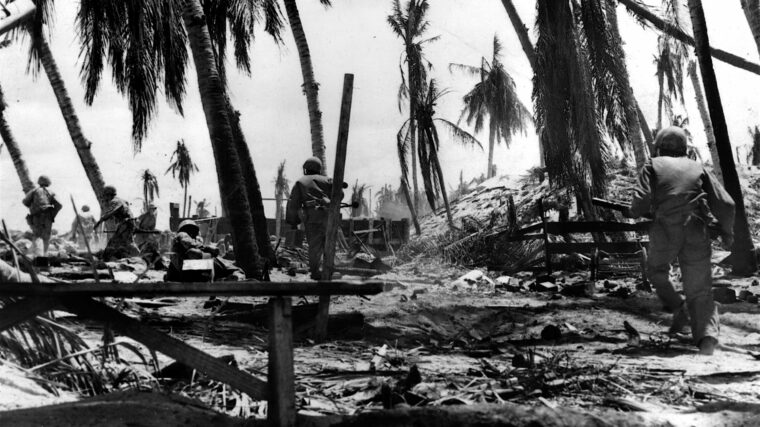
WWII
Four Medals of Honor were awarded for acts of conspicuous gallantry during the invasion of Tarawa atoll in the Pacific during World War II. Read more

WWII
For the Allied tankers and infantrymen of the American, British, Canadian, and Free French armies battling German Panther and Tiger tanks in Normandy in the summer of 1944, the Sherman tank’s failures were glaringly evident as their own shells bounced off the hulls of the Nazi armor and they were themselves destroyed at a far greater range by the powerful German tanks. Read more

WWII
Maybe the Turks were just bad at picking the winning side. In World War I the Central Powers were defeated by the Allies, so in October 1939 they switched to ally with Britain and France. Read more

WWII
By mid-1942, the towering German battleship Tirpitz stood alone as the largest, most powerful warship in the world. Read more

WWII
History was made in the Mediterranean Sea on the night of Monday, November 11, 1940, when the Italian Navy’s battle fleet was devastated at Taranto, off the Ionian coast of southern Italy. Read more

WWII
On Sunday, September 3, 1939, the day that Great Britain and France formally declared war on Germany after the Nazis’ invasion of Poland, the German supply ship Altmark concluded her stay at the refinery center of Port Arthur, Texas, where she had taken on a full cargo of diesel oil, and returned to sea. Read more
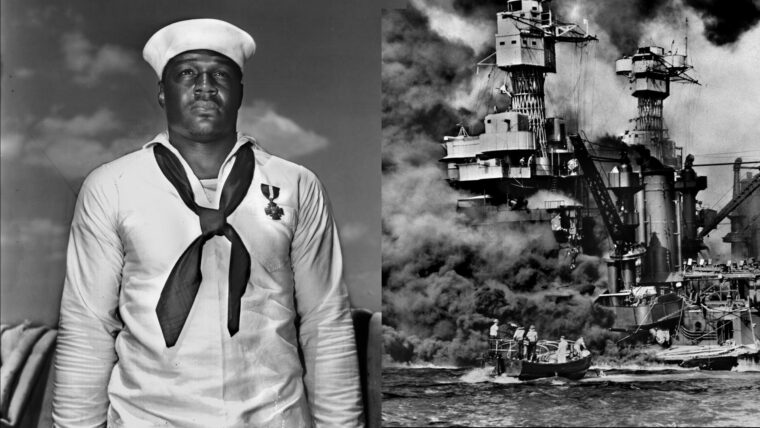
WWII
His name was Doris, but he was a powerfully built football fullback, a heavyweight boxer, and the first black American hero of World War II. Read more

WWII
After docking in New York on August 28, 1939, only four days before the outbreak of World War II, Captain Adolf Ahrens of Germany’s North German Lloyd shipping line was faced with a decision. Read more

WWII
Stanislaw Sosabowski started his military career in the anti-Hapsburg Polish underground movement in 1907, served in the Austrian Army in World War I, and rose to the command of the Polish Parachute Brigade in World War II. Read more
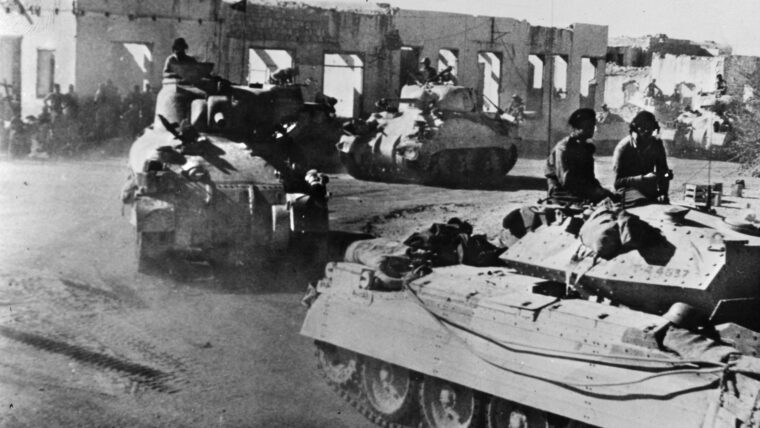
WWII
The style of leadership practiced in Britain’s Eighth Army during the early years of the Desert War left much to be desired. Read more

WWII
Established in the summer of 1939, Field Marshal Sir Archibald Wavell’s Middle East Command encompassed nine countries and parts of two continents, an area of 1,700 miles by 2,000 miles. Read more

WWII
Animals of several kinds were used during WW2 by the military forces of belligerents both large and small. Read more

WWII
In her previous life, she had been the Hansa-line freighter Goldenfels. She was launched in 1937 and displaced 7,862 tons. Read more

WWII
Upon visiting Oradour-sur-Glane, one finds a quiet, rural French village where the populace carries on about its business much like in any commune in France. Read more
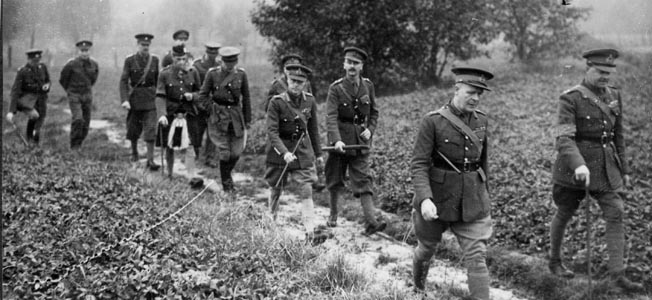
WWII
It was around noon, June 19, 1940, when a small caravan of cars set out from Antibes in southern France en route to the Spanish border. Read more
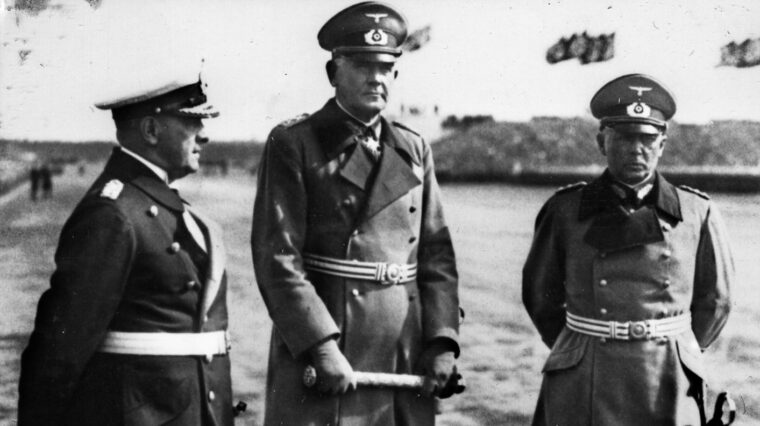
WWII
On June 24, 1937, German Minister of War Field Marshal Werner von Blomberg issued a directive marked Top Secret with only four copies to be made, the first for himself and the other three for the heads of the armed forces of the Third Reich. Read more

WWII
On the morning of April 7, 1939, Albania, the smallest of the Balkan countries, was invaded by Benito Mussolini’s Italian Fascist Army. Read more

WWII
Eighty miles off the coast of New Jersey and 280 feet below the surface of the Atlantic Ocean lies the forward section of a World War II destroyer, where it came to rest more than 60 years ago. Read more

WWII
“Maleme. 20th May, 1941. Usual Mediterranean summer day. Cloudless sky, no wind, extreme visibility; e.g., details on mountains 20 miles to the southeast easily discernible.” Read more